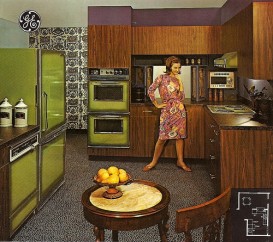Kevin asked me for the elevator description of what the blog is about. Since the elevator ride at my two-story office is brief, the description will have to be really short: Ordinary virtues build civilized communities. How’s that?
For today, an intro to placemaking.
Placemaking is ultimately an economic development tool. Yes, it’s about making quality places to attract or retain people, but the reason for attracting them isn’t really so they can have a nice time. The textbook definition is more about providing amenities that attract talented workers, who in turn shop and eat locally, sustaining a local economy based on small businesses. There’s an official loop: Talent needs place, place needs business, business needs talent.
This article has some numbers that show why so much effort is focused on placemaking. It’s worth reading the whole (brief) article, but this is it in a nutshell:
That poll [of millennials], conducted by Harris, found that 68 percent of respondents believe the U.S. economy is fundamentally flawed, and that the path to prosperity lies in building up local communities—not through recruiting companies but by concentrating on these same basic elements of desirable places to live.
Whether the community is a small town, suburban or urban location, 49 percent of respondents said they someday want to live in a walkable community, while only seven percent want to live where they have to drive to most places.
One key phrase above is that placemaking is not about recruiting companies so much as attracting people who are smart, mobile, or have the kind of work that can be done from anywhere – so more about nurturing small businesses or the office-unchained rather than competing for the few Holy Grails (Holy Googles?). There’s a lot of talk about attracting and not so much about retaining, but as boomers retire, keeping them and their disposable income needs to be as high a priority as attracting millennials.
The thing is, I think placemaking is a buzzword for what amounts to updating our communities like we update our kitchens. Cities need amenities that attract contemporary consumers if they are going to be viable. We spent decades developing malls and bypasses for suburb-dwellers and putting aluminum facades on old brick storefronts and these now just feel dated and irrelevant. We’re rebounding and refocusing on downtowns, public space, outdoors, and inclusivity. It’s time to update our communities with the public equivalent of a new stainless steel fridge to replace the avocado green one that still kinda works, but how much longer do you really want to look at that thing?
So placemaking turns on planners because there’s something for them to remodel. Economic developers love it because it means more business. But the cool thing is, people like it too, because it means we can get off our couches and have a place to go and something to do.
